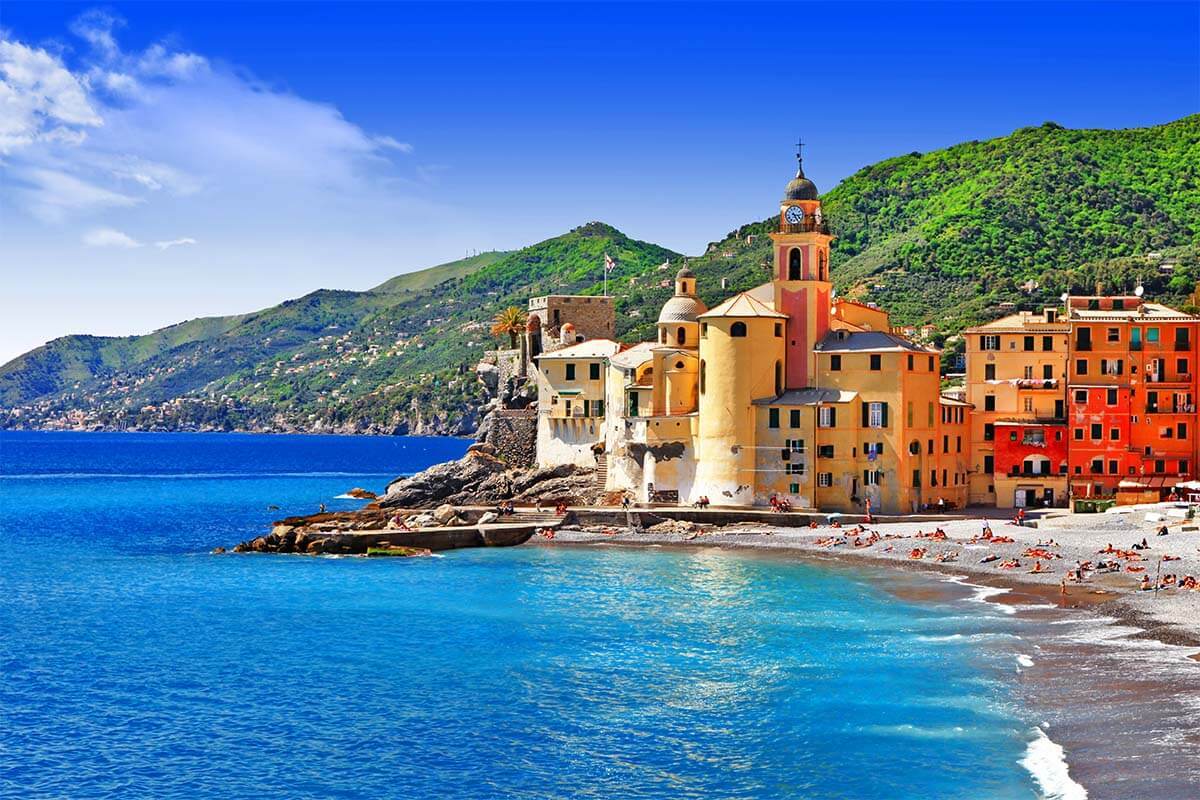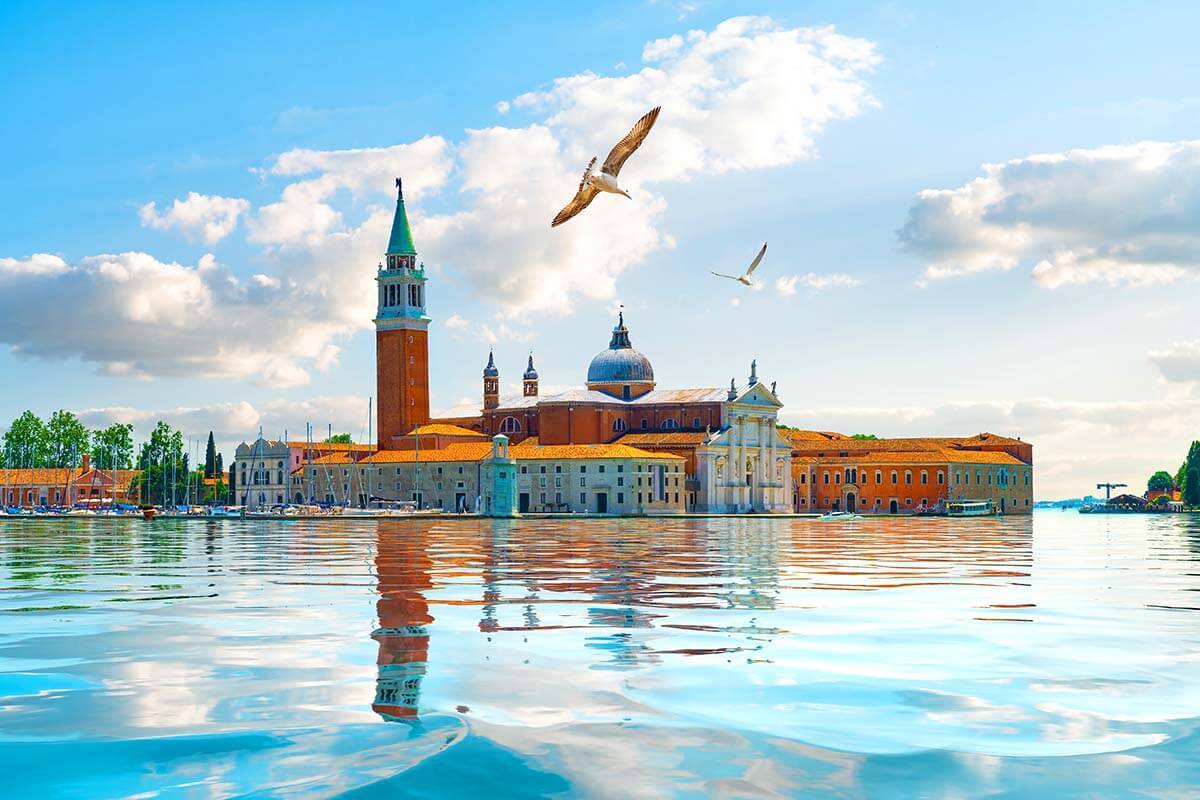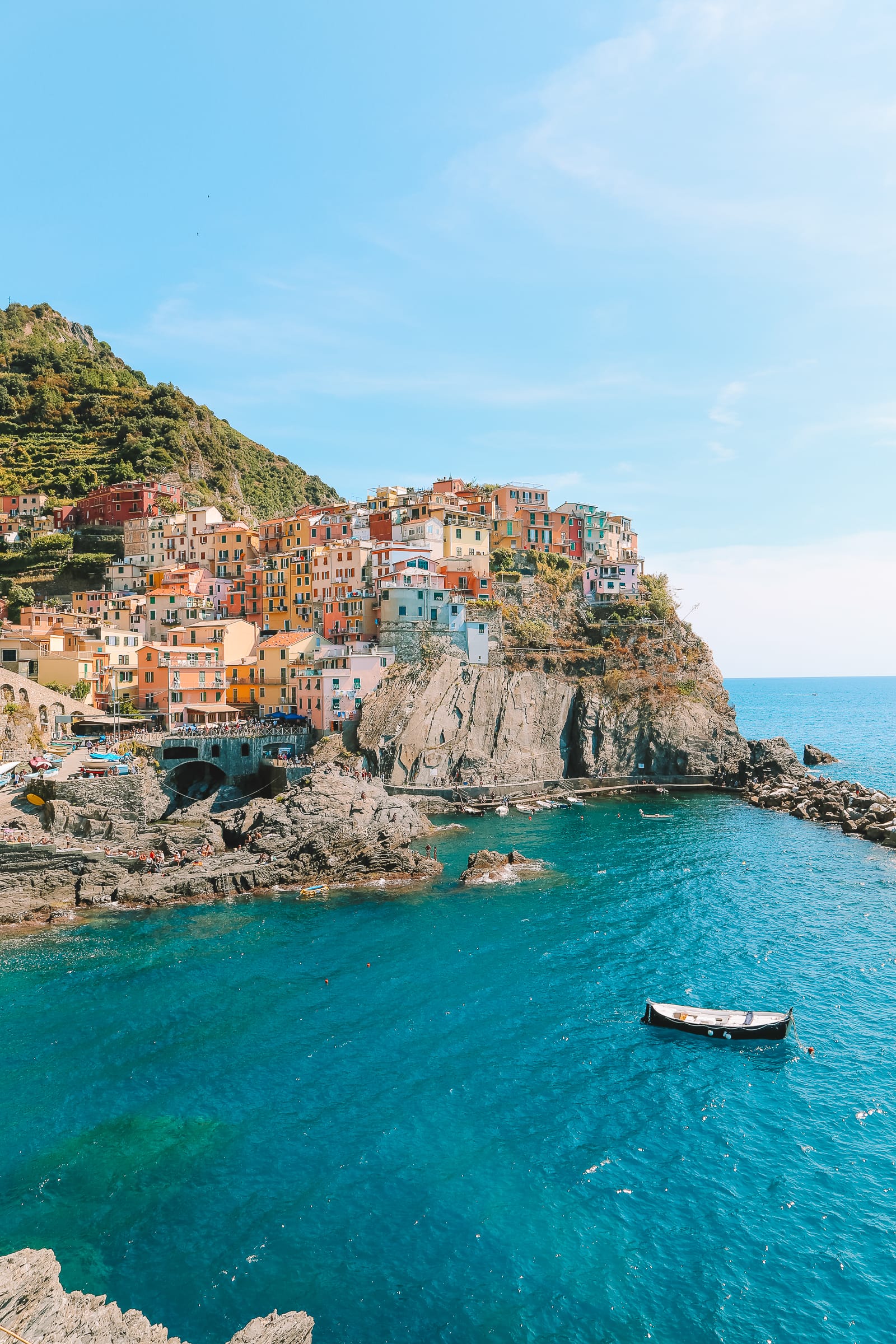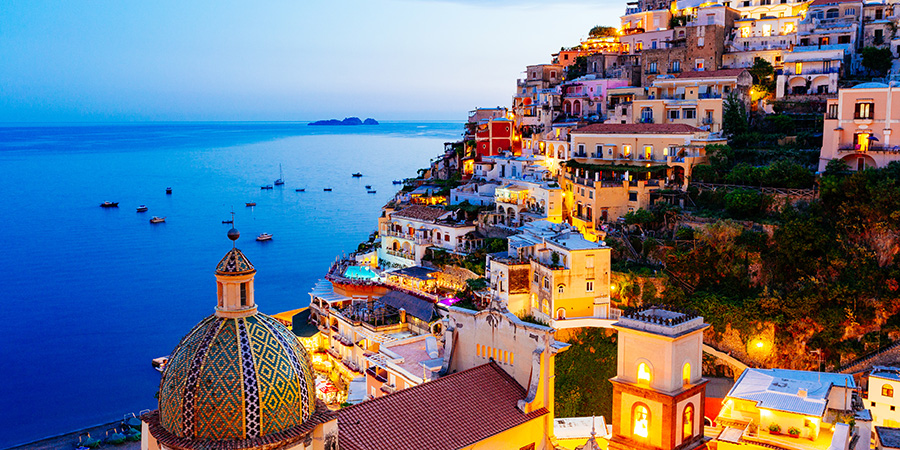Italy is a land of rich history, stunning landscapes, and mouthwatering cuisine. As a travel enthusiast, my journey through this captivating country has been nothing short of magical. From the bustling streets of Rome to the romantic canals of Venice, each city offers its own unique charm. In this guide, I’ll share my personal experiences and essential tips for exploring the best tourist cities in Italy, ensuring you have an unforgettable trip.
Why Visit Italy?
Before diving into the best tourist cities, let’s explore why Italy should be at the top of your travel list:
- Cultural Richness: Italy is home to countless UNESCO World Heritage sites, art museums, and historical landmarks.
- Gastronomic Paradise: Indulge in authentic Italian cuisine, from pizza in Naples to pasta in Bologna.
- Stunning Landscapes: Experience the picturesque countryside, serene lakes, and majestic mountains.
- Vibrant Atmosphere: Every city has its own unique vibe, ensuring diverse experiences from bustling cities to quiet towns.
Top Tourist Cities in Italy
1. Rome: The Eternal City
Rome, the capital city, is a mesmerizing blend of ancient history and modern vibrancy.
Highlights
- Colosseum: An iconic symbol of Rome, this ancient amphitheater held gladiatorial contests.
- Vatican City: Home to St. Peter’s Basilica and the Sistine Chapel, this independent city-state is a religious epicenter.
- Pantheon: A well-preserved ancient Roman temple, showcasing stunning architectural brilliance.
Pros and Cons
| Pros | Cons |
|---|---|
| Rich cultural heritage | Can be overcrowded, especially in peak seasons |
| Delicious food options | Public transportation can be chaotic |
2. Venice: The City of Canals
Venice is a charming city famous for its intricate canal system and romantic ambiance.
Highlights
- St. Mark’s Basilica: A masterpiece of Byzantine architecture, adorned with stunning mosaics.
- The Grand Canal: The main waterway, lined with magnificent palaces and picturesque views.
- Rialto Bridge: A bustling market area and iconic bridge offering beautiful canal views.
Pros and Cons
| Pros | Cons |
|---|---|
| Incredible scenery and architecture | High accommodation costs |
| Unique atmosphere | Can be difficult to navigate |

3. Florence: The Cradle of the Renaissance
Florence boasts a wealth of art and history, being the birthplace of the Renaissance.
Highlights
- Uffizi Gallery: A world-renowned art museum housing works by Michelangelo and Botticelli.
- Florence Cathedral (Duomo): Marvel at its stunning dome designed by Brunelleschi.
- Ponte Vecchio: A picturesque medieval bridge filled with shops and jewelry stores.
Pros and Cons
| Pros | Cons |
|---|---|
| Art and culture at every turn | Can be overcrowded with tourists |
| Walkable city with stunning views | Some eateries may be overpriced |
4. Milan: The Fashion Capital
Milan is not only the global hub for fashion but also a city rich in history and culture.
Highlights
- Duomo di Milano: A magnificent Gothic cathedral that took nearly six centuries to complete.
- Galleria Vittorio Emanuele II: A stunning shopping arcade with luxury boutiques and cafes.
- The Last Supper: Da Vinci’s iconic masterpiece located in the Santa Maria delle Grazie church.
Pros and Cons
| Pros | Cons |
|---|---|
| Fashion and design hub | Less traditional Italian charm compared to other cities |
| Vibrant nightlife | Can be expensive |

5. Naples: The Gateway to the Amalfi Coast
Known for its rich history and as the birthplace of pizza, Naples is a must-visit city.
Highlights
- Pompeii: Explore the preserved ancient city frozen in time by a volcanic eruption.
- Pizzeria Da Michele: Try the authentic Neapolitan pizza at this iconic pizzeria.
- Cappella Sansevero: Home to the stunning sculpture of Christ Veiled.
Pros and Cons
| Pros | Cons |
|---|---|
| Rich culinary scene | Traffic can be chaotic |
| Gateway to beautiful coastal regions | Pickpocketing is a concern in crowded areas |
6. Bologna: The Culinary Capital
Famed for its gastronomic delights, Bologna is a city filled with history and delicious food.
Highlights
- Two Towers: Climb the Asinelli Tower for a breathtaking view of the city.
- Quadrilatero Market: Discover local delicacies and traditional foods.
- Bologna’s Porticoes: Walk through the UNESCO-listed porticoes that create a unique cityscape.
Pros and Cons
| Pros | Cons |
|---|---|
| Gastronomic paradise | Not as touristy as other cities, which may limit some activities |
| Rich history and culture | Public transportation is not as extensive |

7. Turin: The Hidden Gem
While often overlooked, Turin offers a charming atmosphere with beautiful architecture and a rich history.
Highlights
- Mole Antonelliana: A symbol of the city, housing the National Museum of Cinema.
- Piazza Castello: A stunning square surrounded by historic buildings.
- Royal Palace of Turin: Explore the opulent residence of the Savoy family.
Pros and Cons
| Pros | Cons |
|---|---|
| Less crowded than other major cities | Limited English-speaking locals |
| Rich chocolate culture | Public transport may be confusing |
Travel Tips for Visiting Italy
- Learn Basic Italian: Knowing simple phrases can enhance your experience and interaction with locals.
- Book Attractions in Advance: Popular sites like the Colosseum and the Vatican often have long lines; pre-booking saves time.
- Use Public Transport: Italy has a great train system; consider getting a rail pass for multiple cities.
- Try Local Cuisine: Don’t miss out on regional specialties in each city.
- Wear Comfortable Shoes: Most Italian cities are best explored on foot, so be ready for some walking!

Frequently Asked Questions
What are the best tourist cities to visit in Italy?
The best tourist cities in Italy include Rome, Venice, Florence, Milan, Naples, Bologna, and Turin.

How many days do I need to explore Italy?
It depends on your itinerary, but typically 10-14 days is ideal for visiting several cities without rushing.
Which is the best time to visit Italy for tourism?
The best times to visit Italy are in spring (April to June) and fall (September to October) when the weather is pleasant, and the tourist crowds are smaller.

Is Italy safe for tourists?
Yes, Italy is generally safe for tourists, but it’s essential to stay aware of your surroundings and take usual precautions against petty crimes.
Conclusion
Italy is a treasure trove of experiences waiting to be discovered. Each city has its own unique flavor, history, and charm. Whether you’re wandering through the ancient streets of Rome, cruising along the canals of Venice, or indulging in the culinary delights of Bologna, Italy promises adventures that will stay with you long after your journey ends. Prepare your itinerary, pack your bags, and get ready for an unforgettable Italian escapade!